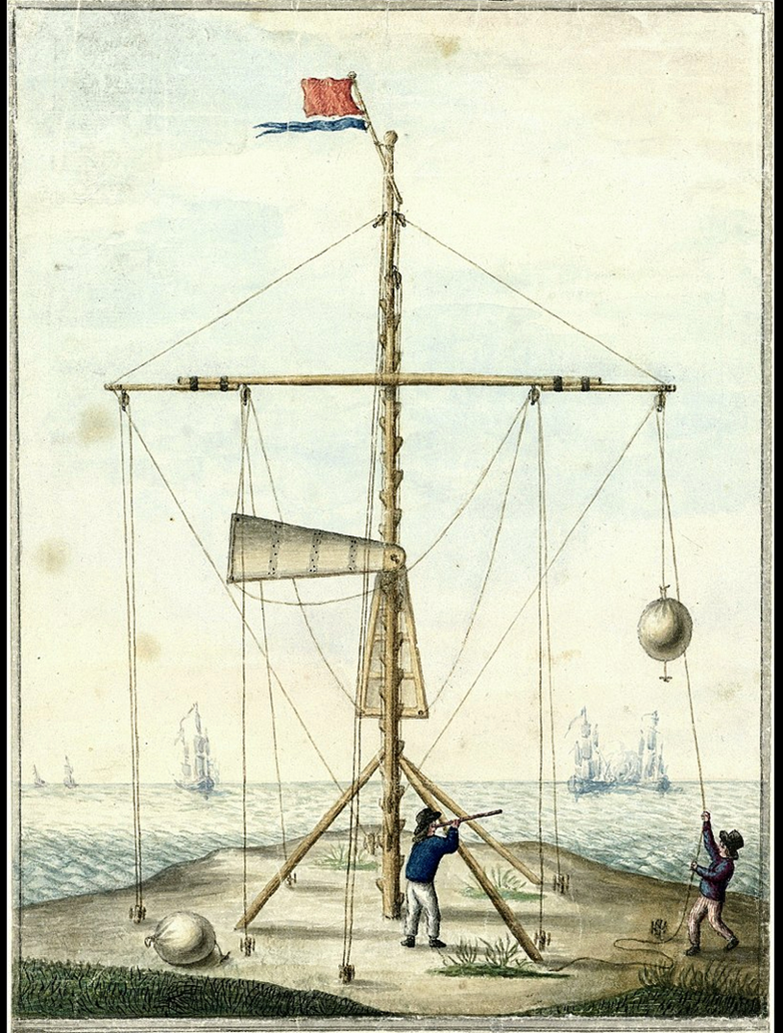East Cape Signal Towers in the context of the history of long- distance communication
DOI:
https://doi.org/10.21504/njcb1v44Keywords:
Signal Towers, Semaphore, Nautical Flags, Messengers, Drums, Bugles, Horns, Pigeons, Smoke SignalsAbstract
Sending messages and signals over long distances has been a human endeavour since earliest times. Signalling has most often involved the use of some form of technology, although at times this can be as simple as the raising of an eyebrow or a wink at a meeting.
Up until the time of electrical and electronic impulses and their interpretation, nearly all signalling was dependent on the use of light (optical signalling) and occasionally sound. This article is confined to a brief historical overview of long-distance communication and some of the more significant technologies associated with these endeavours. It concludes with the construction and use of the East Cape Signal Towers in the 1840s.
Downloads
References
Hall, H., 1859. ‘On telegraphic communications’. The Cape Monthly Magazine, 6(35), pp.258–266.
Coetzee, C.G., 1995. Forts of the Eastern Cape: securing a frontier 1799–1878. Grahamstown: Colin G. Coetzee.
Holzmann, G. & Pehrson, B., 1995. The Early History of Data Networks. Available at: http://www.spinroot.com/gerard/hist.html
Kirby, P.R., 1960. ‘South Africa’s first telegraph’. Africana Notes & News, 14(4), pp.123–129.

Downloads
Published
Issue
Section
License
Copyright (c) 2025 Pat Irwin

This work is licensed under a Creative Commons Attribution 4.0 International License.
In compliance with the South African Copyright Act 98 of 1978, the copyright of published articles resides with the authors. The Society retains to right to distribute articles as published within the journal.




